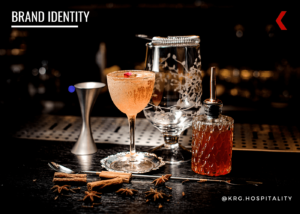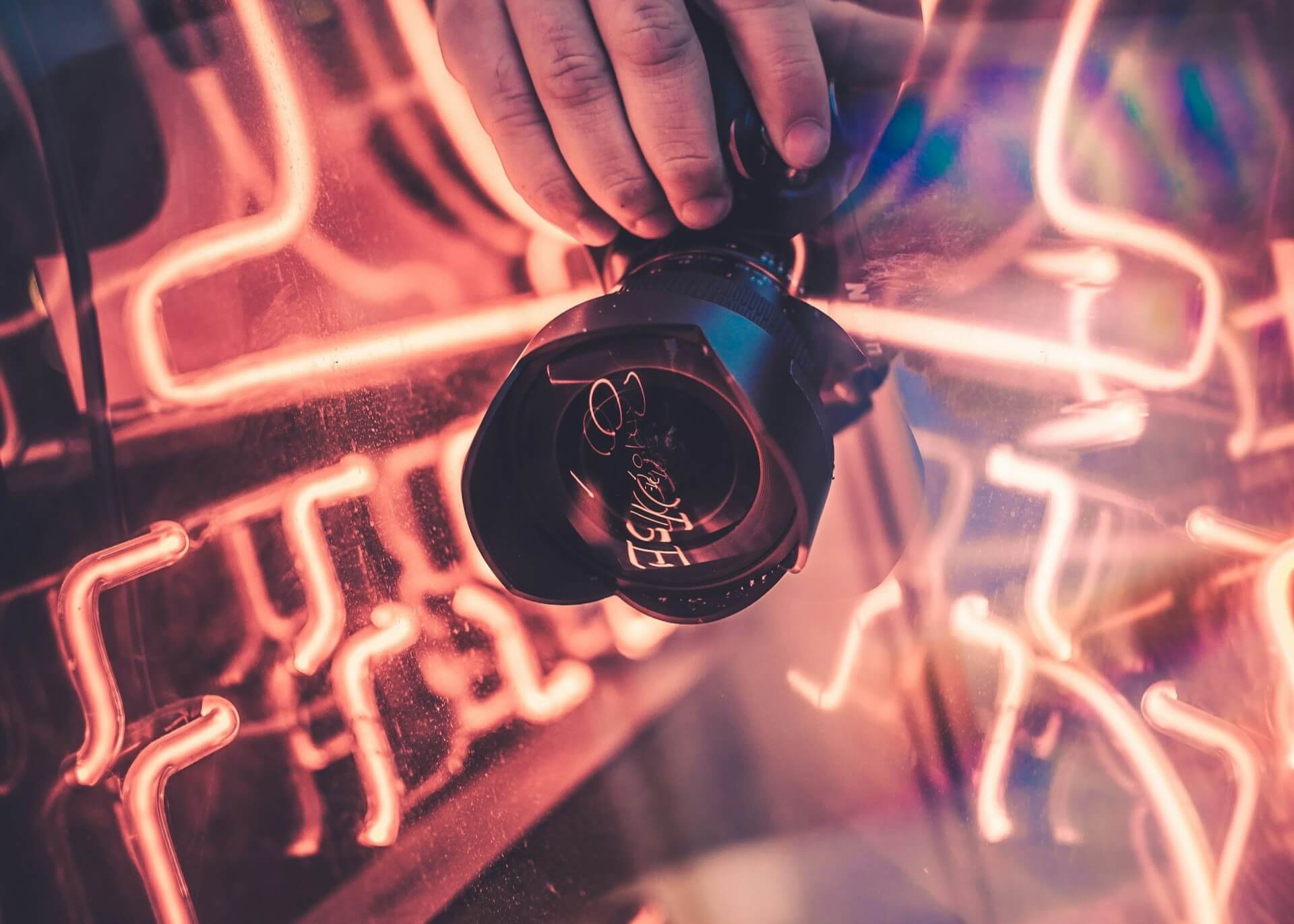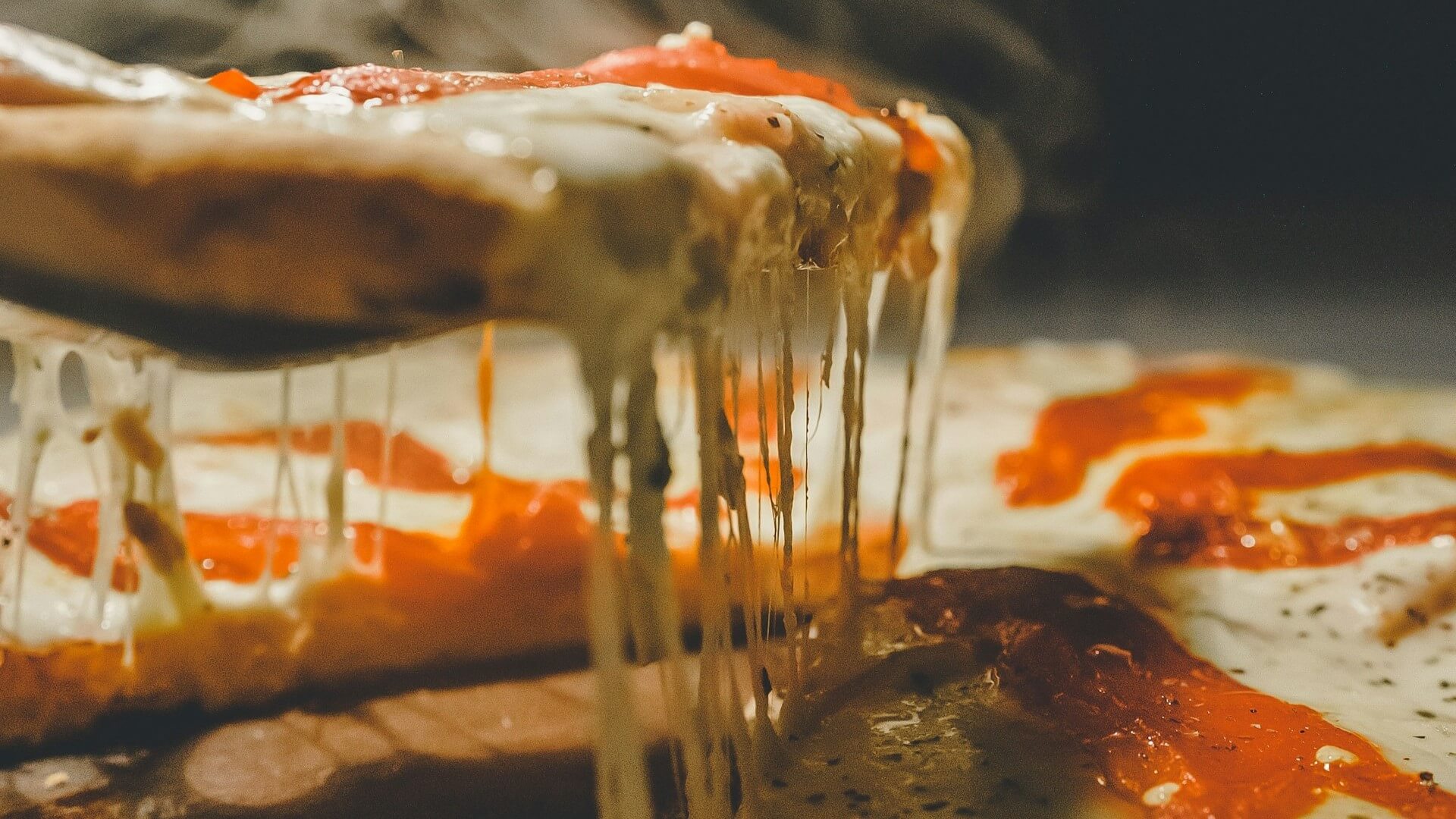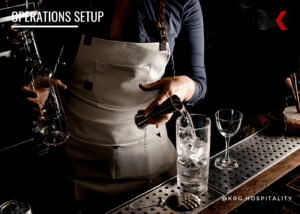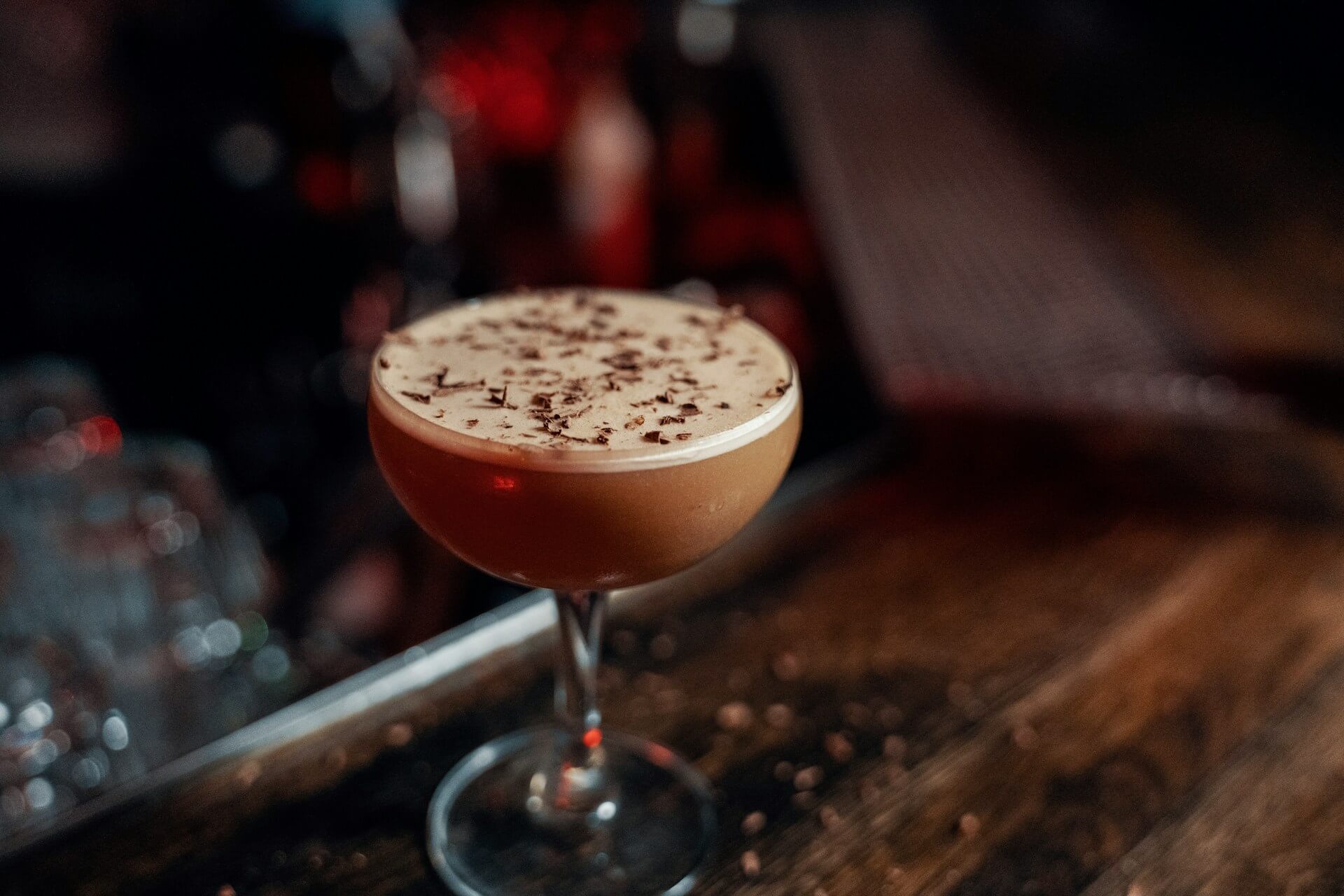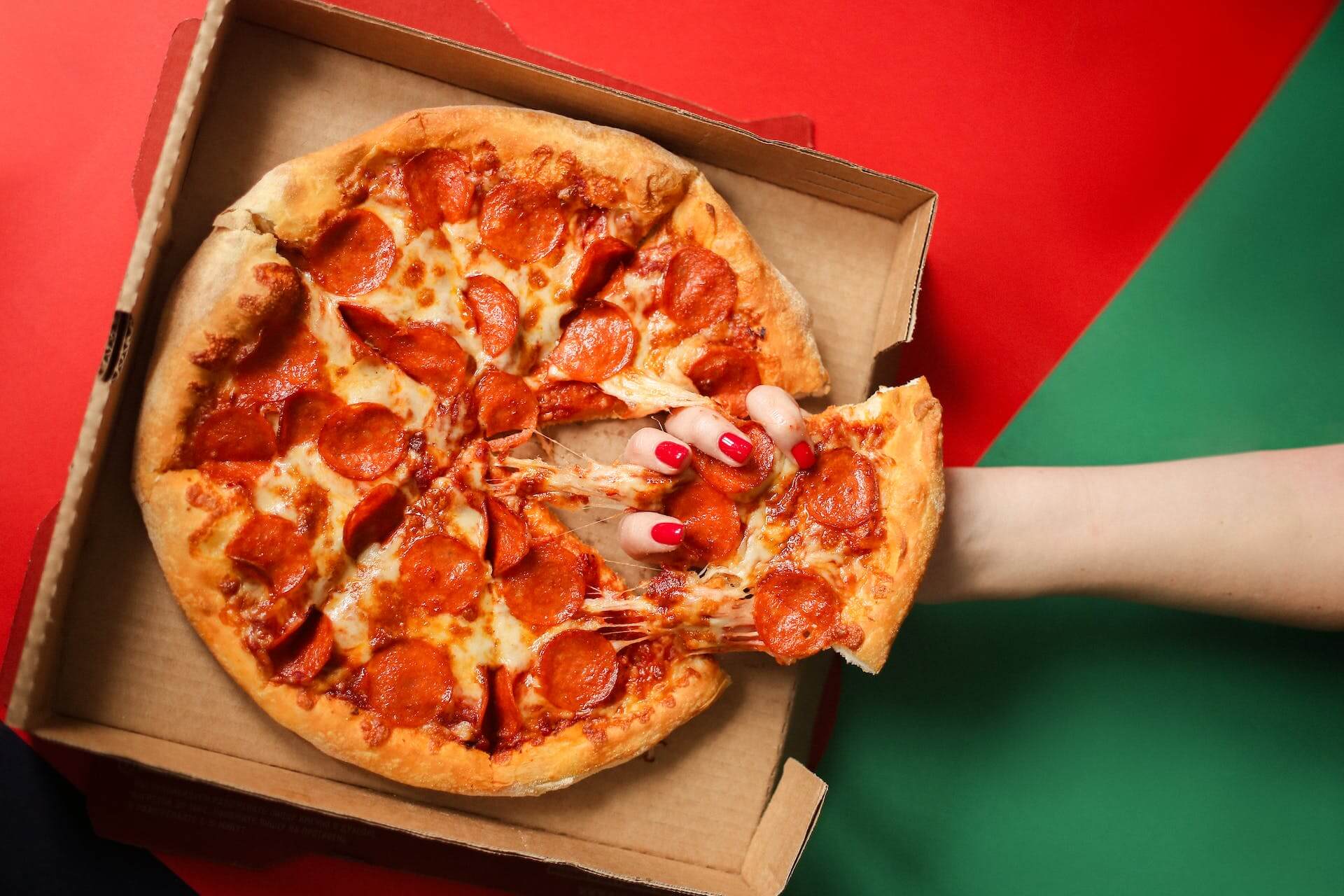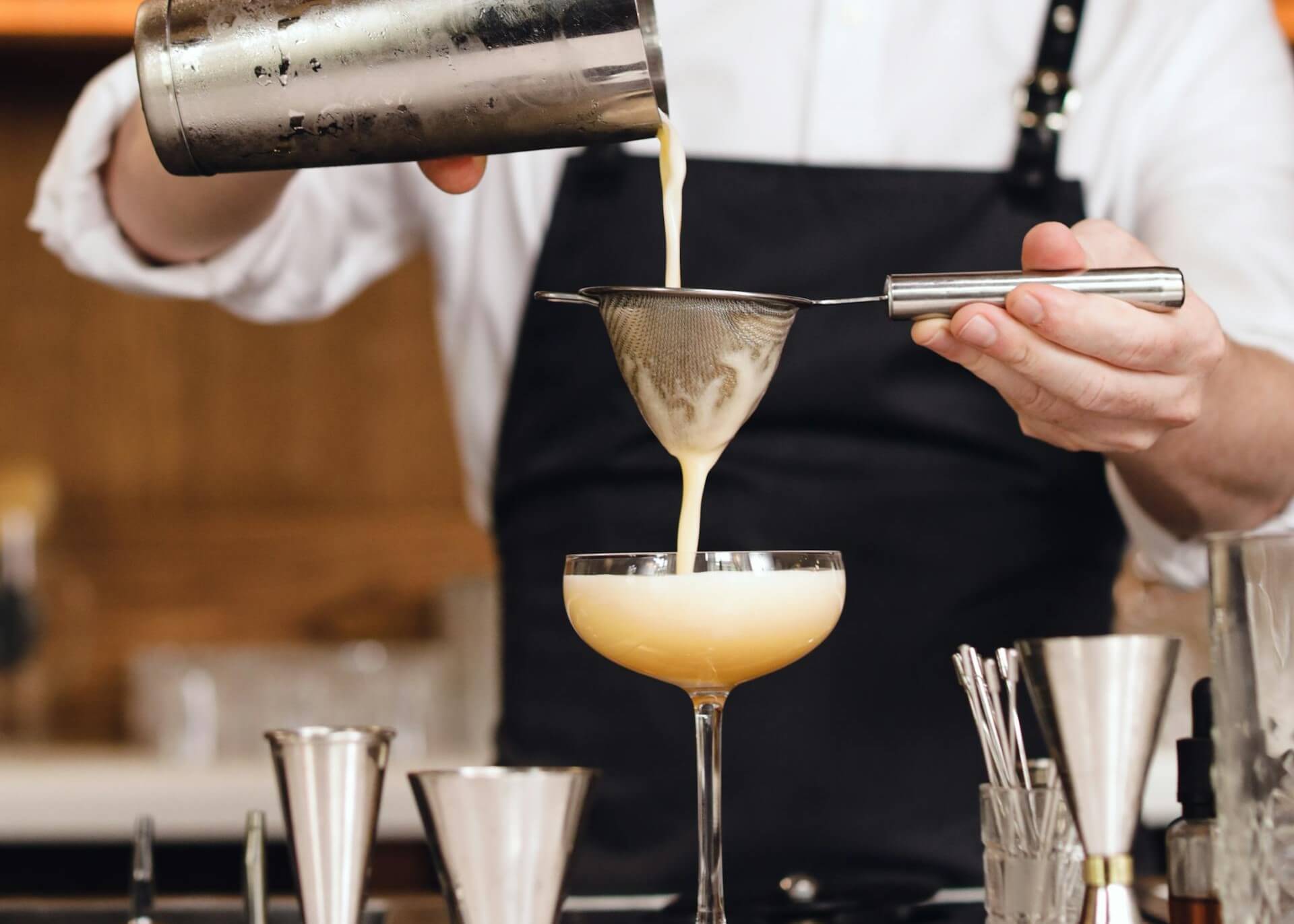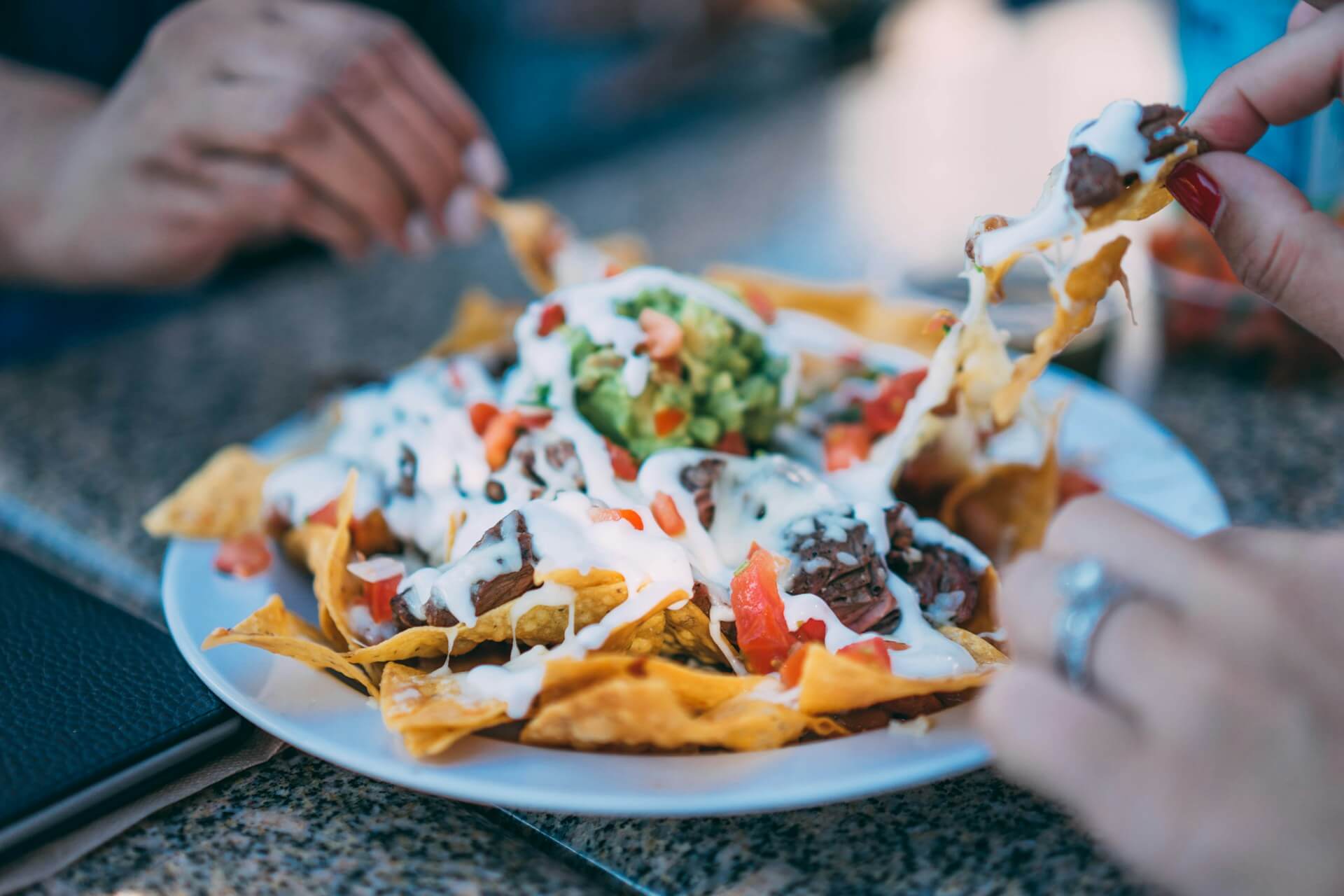Want Cinematic F&B Posts? Get Messy by David Klemt
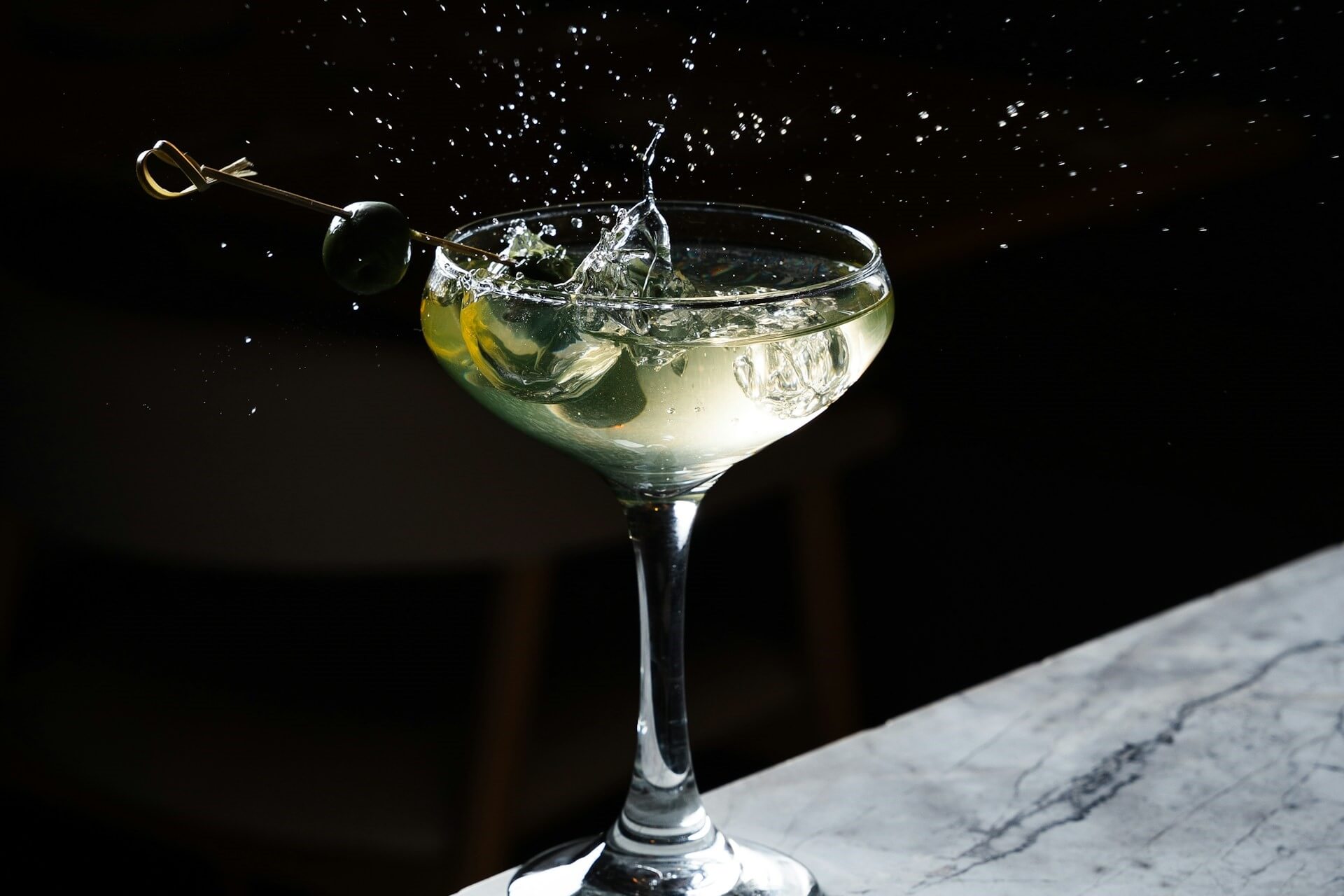
Note: Photo not taken by Beautiful Booze or Little Lane Media.
Unsurprisingly, many people think that their social media and marketing photos and videos must be perfect. However, that’s not necessarily true.
The pressure to be “perfect” can lead people to stress out over posting F&B content to their social channels. Surely, composition must be flawless. If it’s not, why bother even posting?
After all, the century-plus-old phrase is “picture perfect,” not “picture imperfect.”
Well, you can stop fretting over every detail of your photos and vids. Two experts in social media marketing and content creation encourage you to be less than perfect.
During this year’s WSWA Access Live event in Las Vegas, Nevada, Natalie Migliarini and James Stevenson presented “Cinematic Cocktails: Mastering the Art of Visual Mixology.”
View this post on Instagram
If you’re an avid consumer of social media content, you know Migliarini and Stevenson by the brands they’ve developed over a decade. Beautiful Booze, approaching 200,000 followers on Instagram, is run by Migliarini. Little Lane Media is a media agency operated by Stevenson.
Last week, I shared their tips for working with micro- (and nano-) influencers. Click here to learn why such collaborations can pay dividends for your business.
Today, I’m going to share a few of their tips for creating and posting your own engaging pics and vids.
Perfection is an Illusion
Throughout history, people have explained that perfection is an illusion. Worse, the self-imposed pursuit of perfection when during tasks can discourage a person from even trying.
So, don’t worry about being perfect. Instead, remove the pressure of perfection and just do your best. With that out of the way, Migliarini and Stevenson have a compelling argument against perfection.
In their experience—bear in mind that Beautiful Booze is a pioneer in the cocktail influencer space—the general consumers of content are put off by content that appears too professional and heavily edited. Rather, people seem drawn to more casual content.
Let’s say you want to promote a new cocktail on your menu. So, you’re going to create a video of yourself or a bartender creating the drink.
If you make a mistake, it can be tempting to scrap the video of edit out the error. Well, you can relax.
According to Migliarini and Stevenson, being messy during some build steps can look better than a “flawless” video. In fact, the duo say a messy video can be “fantastic.” Why? Their reasoning is simple: the mistakes show that you’re not perfect.
You know who else isn’t perfect? The people watching your video. This makes you (or your bartender) more relatable. It also takes the pressure of them if they want to try to make the drink at home.
There’s also the fact that many people are cynical about content. Too professional equals “trying to sell me something.” They know even a casual video is trying to get them to visit your bar or restaurant, but it’s more acceptable.
So, liquid splashing out of the glass? Leave it. Did some booze spill from the jigger and miss the glass? Leave it in.
Tips and Tricks
Of course, you should still create content with some guidelines in place.
- If you sell alcohol, you should probably keep cocktail, beer, wine, and spirits content to Instagram. TikTok may be a dominant video platform but you can’t be sure what ages are consuming your content. Best to err on the side of caution.
- Migliarini and Stevenson have learned that people like transparent cocktail shakers when watching cocktail videos.
- Get a tripod. It doesn’t have to be an expensive, professional one; a decent one from Amazon will do.
- Any light is better than no light.
- You can fill “dead space” in your photos with garnishes, coasters, etc.
- Shoot in slow motion. If you want a truly cinematic post, this works wonders.
- Aim to create 20-second videos.
- Finally, and this one is very valuable, edit your video so your “hook” is up first. (Speaking of editing, try Final Cut Pro if editing via laptop or desktop, and InShot to edit on your phone.) You have to grab people’s attention, and Instagram counts the first three seconds as a view. Since it will be a loop, put your hook at the front and the build after that. This may seem odd to you at first but people watching won’t notice the “strange” cut.
Bonus tip: You don’t have to be perfect when performing a task for video. However, make sure your background is cleaned up (and consider blurring it). There are people who’ll pause and try to zoom to pick apart backgrounds; it happens.
With these tips in mind, it’s time to try your hand at some new video content.
Image: Isabella Kara on Unsplash

